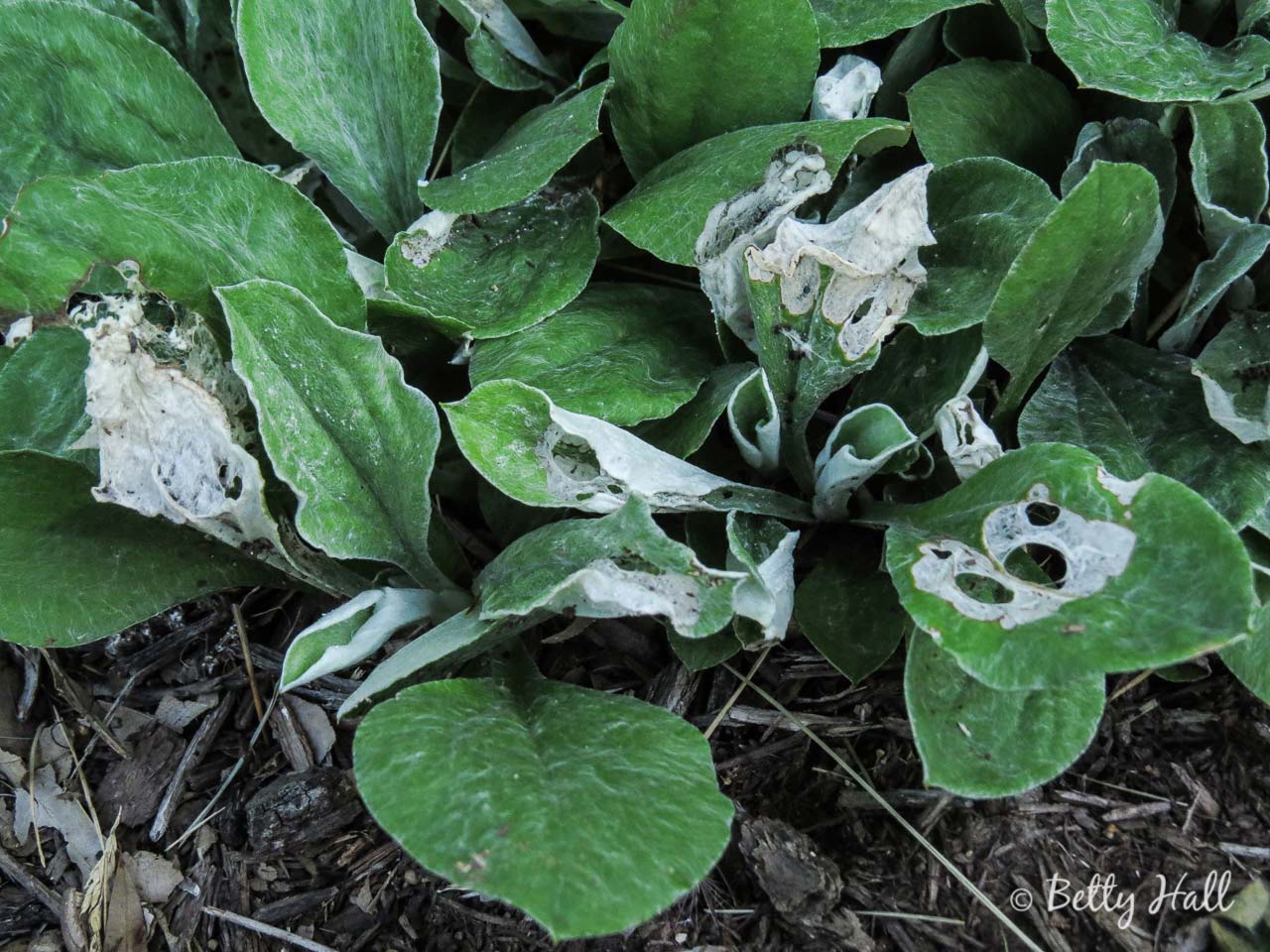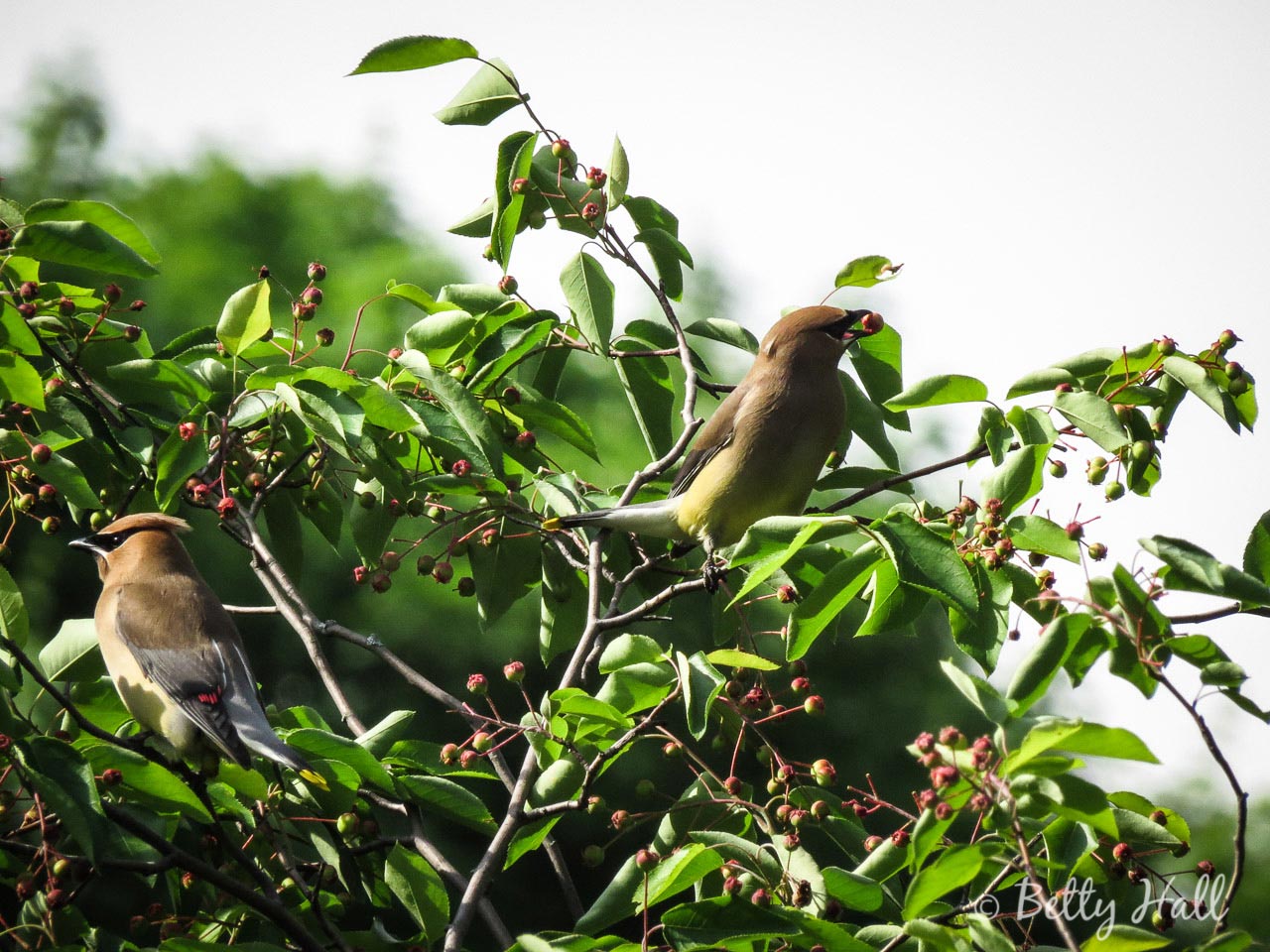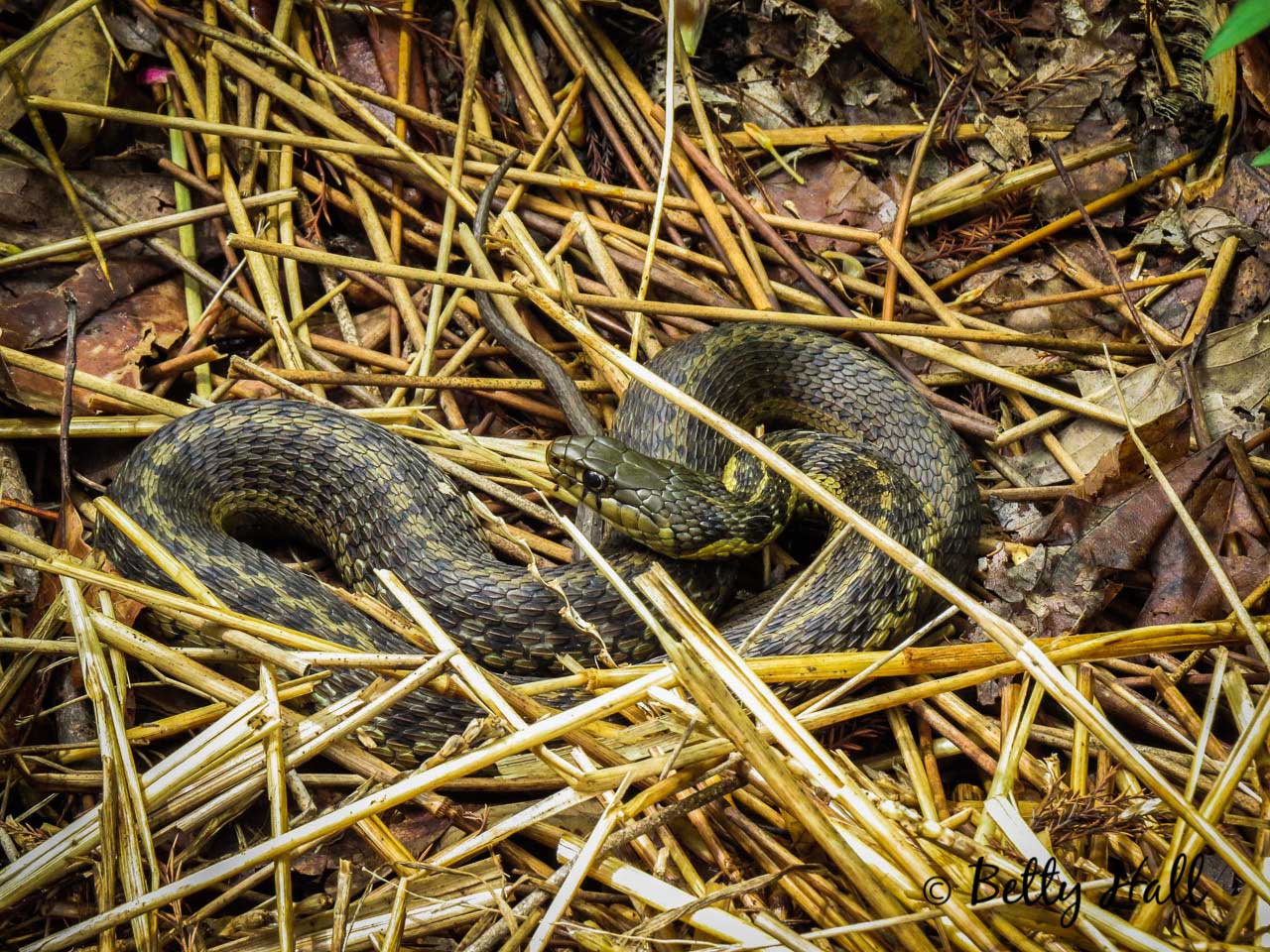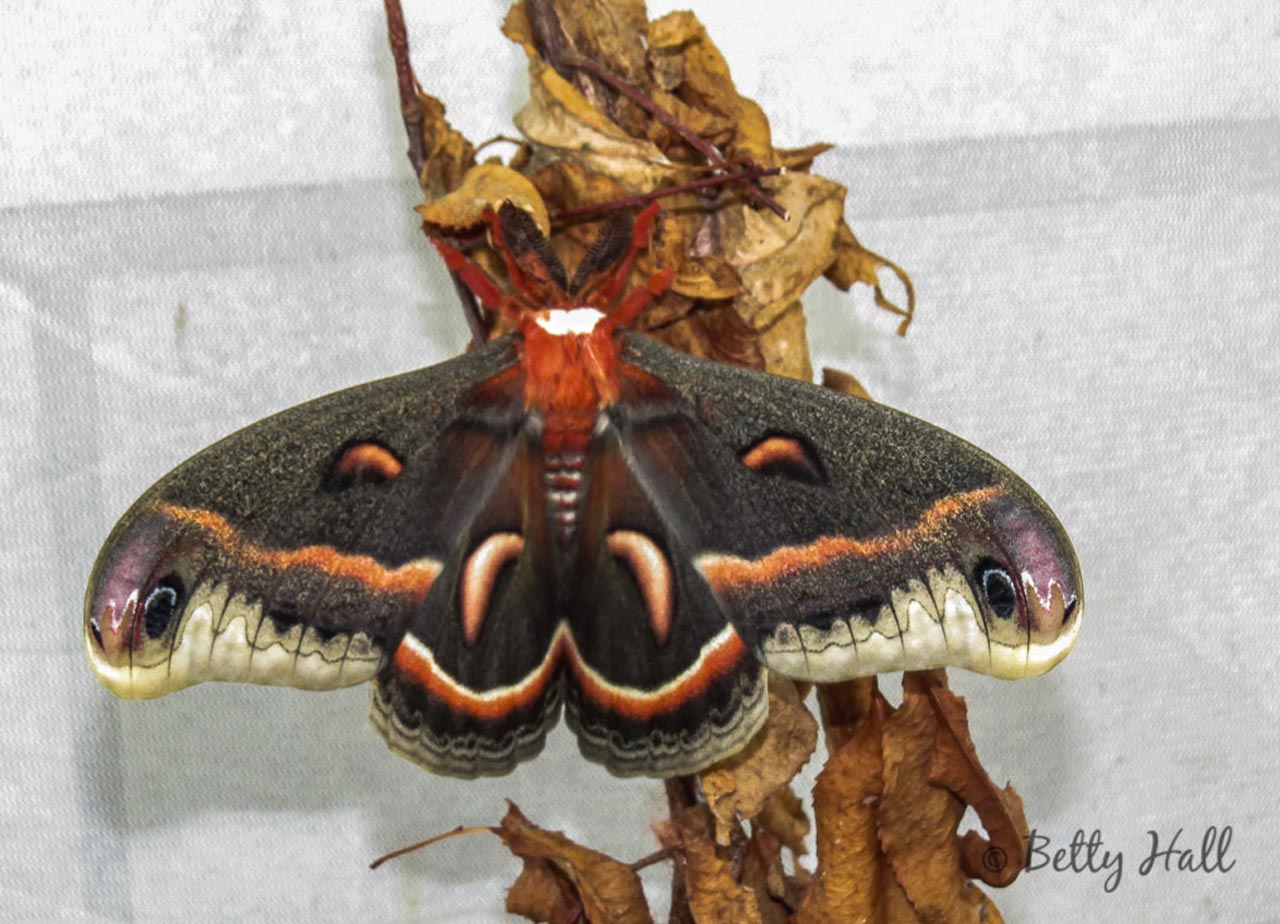I like Pussytoes (Antennaria spp.) for a ground cover. They are drought tolerant and I have patches of them growing in various degrees of sun and shade.
However, I recently became concerned when I saw leaves that looked damaged. I was pleasantly surprised when my friend, Connie May of Chrysalis Natural Landscapes, told me the damage was due to caterpillars of the American lady butterfly (Vanessa virginiensis). And I was relieved when she told me the caterpillars will not destroy the plants.




